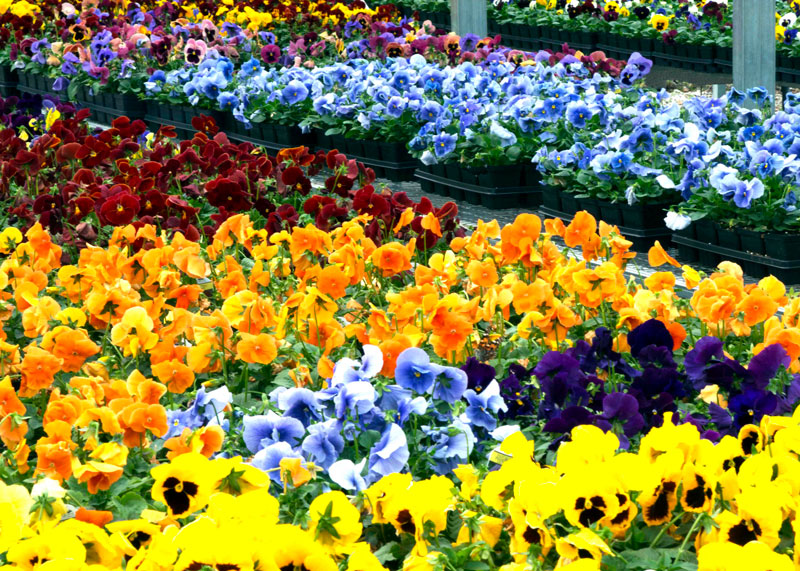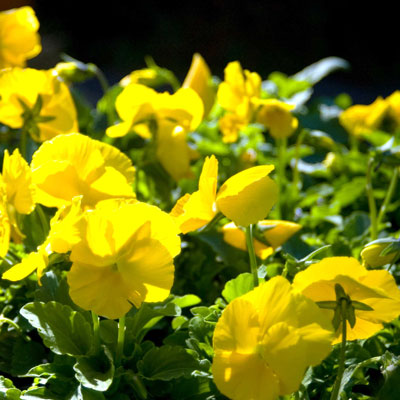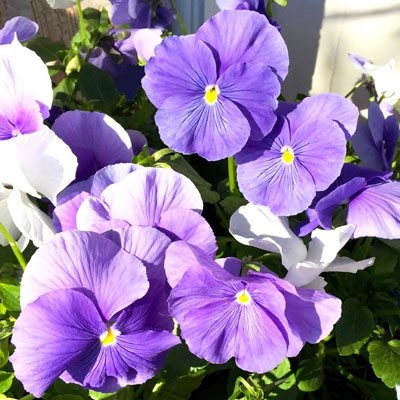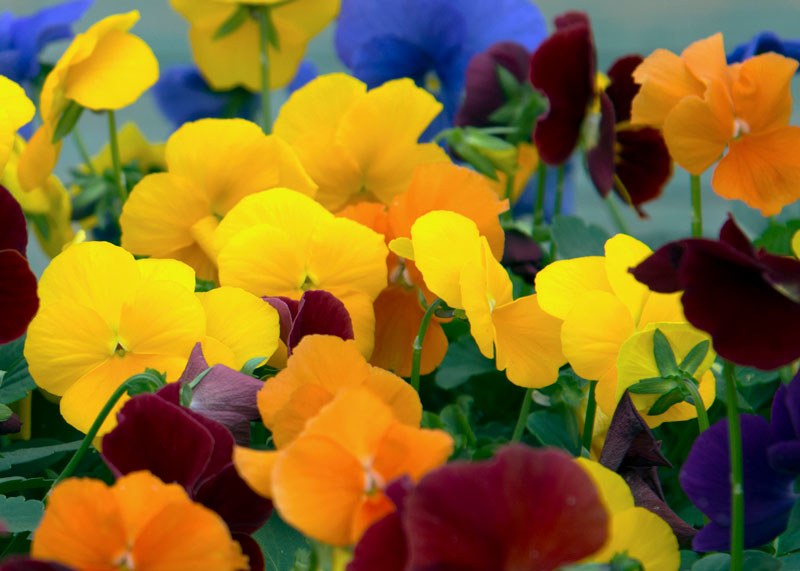Pansies Pointers to Follow
How can it be that pansies are the Number One bedding plants in Texas (as they have been for decades)? Simple: they’re cool-season annuals that we plant in the fall and enjoy from late winter through spring. They don’t have much competition. Come summer, we have many more options.
I’ve been growing pansies in Texas for more than 65 years, and I’ve come to know a lot of the secrets in helping them thrive. Here are the ones I’d deem to be most critical.

• Start with vigorous transplants. You’ll rarely have success when you start with weaklings. They’re usually sold in 4-in. pots, and the plants should fill the pots with leaves growing out and over the sides. Tap one of the plants out of its pot to see if the roots fill the potting soil.

• Plant in full sun. Pansies must have it to grow and bloom to full potential. Be especially careful planting them on the north side of your house. That bed may be in full sun now, but as the angle of the sun moves in late fall and winter, the plants may not get enough sunlight.
• Plant in raised beds. Good drainage is critical. Pansies that are planted at ground level will struggle and die during prolonged winter and early spring wet spells. If you raise the planting bed, even by as little as 2 or 3 inches, incident rainfall will be carried away from their roots. You’ll see a marked difference in your plants’ performance.
• Amend the soil generously. As with the raised planting beds, this is also about good aeration. Our native clay soils are not suitable for good growth of pansies. Incorporate several inches of organic matter, preferably of several types: compost, sphagnum peat, finely ground pine bark, rotted manure, etc. If you have clay soil add in 1 inch of expanded shale.

• Fertilize pansies regularly. They grow and bloom best when they are nourished regularly with a high-nitrogen, water-soluble plant food. Fertilize every second or third time that you water them. Look for specific directions on the product’s container.
• Have frost cloth cut and ready to cover your plants during extreme cold. It can make as much as 6-8 degrees’ difference in survival during bitter spells. Plants can be left covered for days if necessary and the lightweight cloth can be stored and reused.

